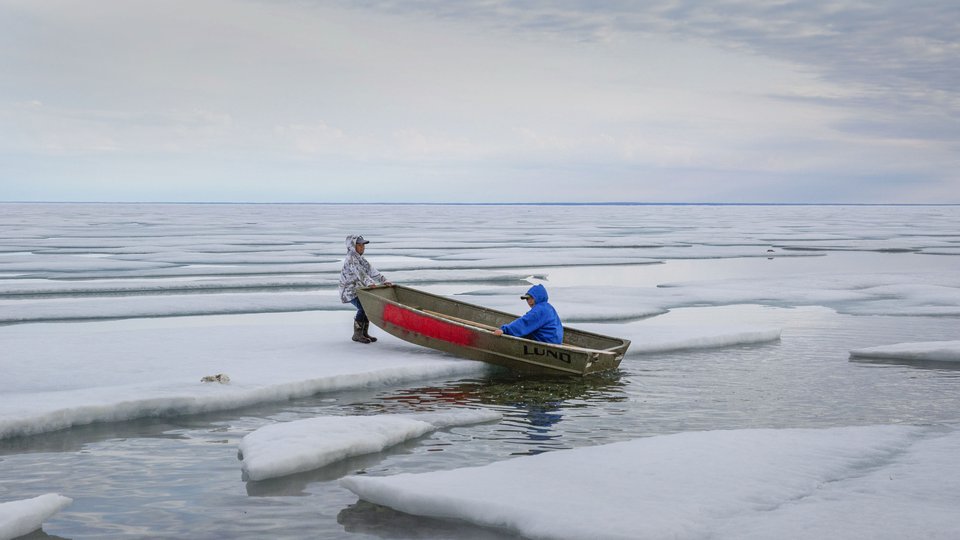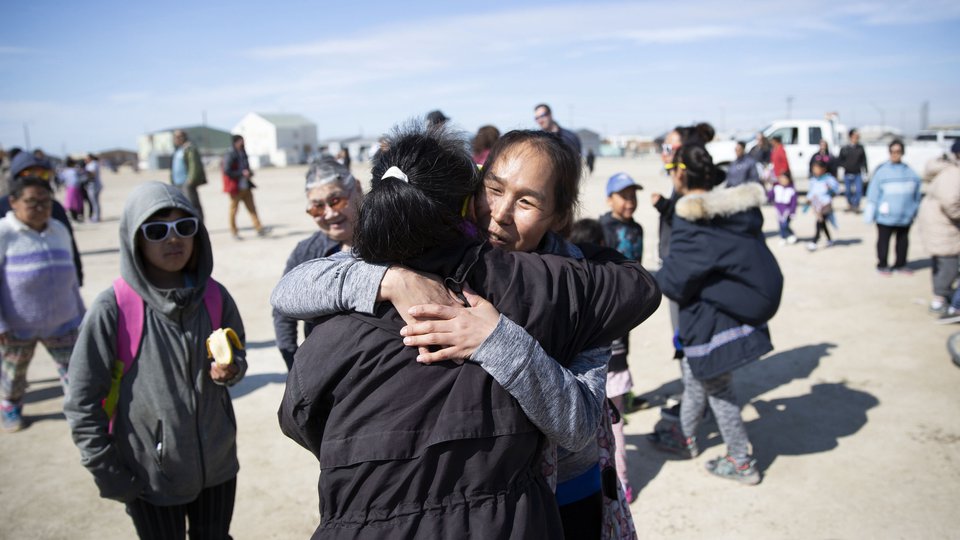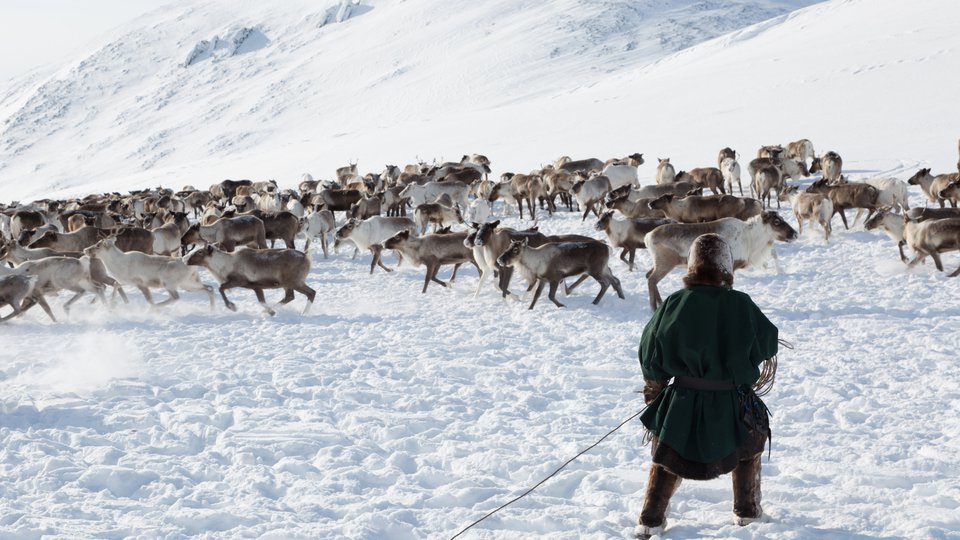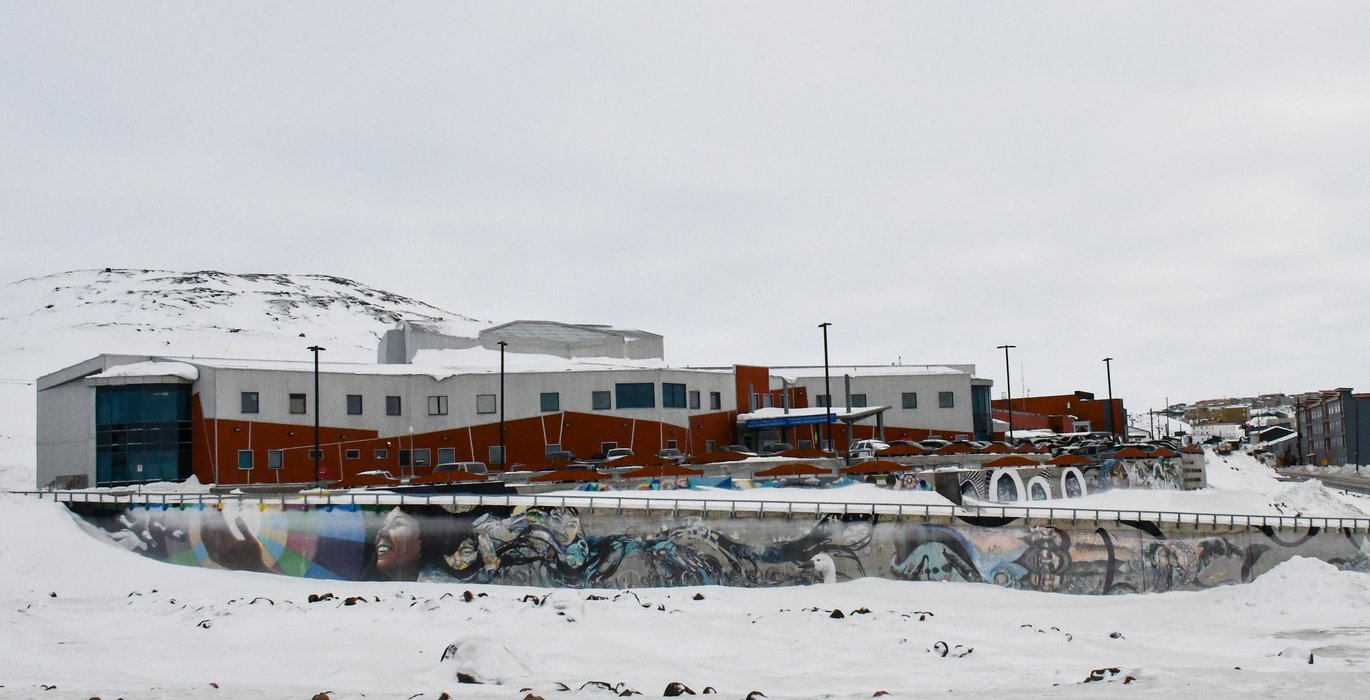
Years ago, when a pregnant Nunavut MLA Cathy Towtongie went into labour, she had to fly from her home in Rankin Inlet to Churchill, Manitoba to give birth.
As there was no hospital in her community with the capacity for reproductive services, she had to do what many pregnant people in Nunavut must do – she took an hour-and-a-half long flight to a new place in order to give birth safely.
But Towtongie said her experience wasn't as safe, or as comfortable, as it could have been, had she been able to remain in her community.
“There was confusion as to who I was.”
Since her sister was also hospitalized at the same time, the healthcare workers confused the two women, she said. Towtongie ended up getting her sister's doctor instead of her own. The MLA said it was scary, but in the end, she was fortunate she had the same blood type as her sister.
“Because I did lose a lot of blood.”
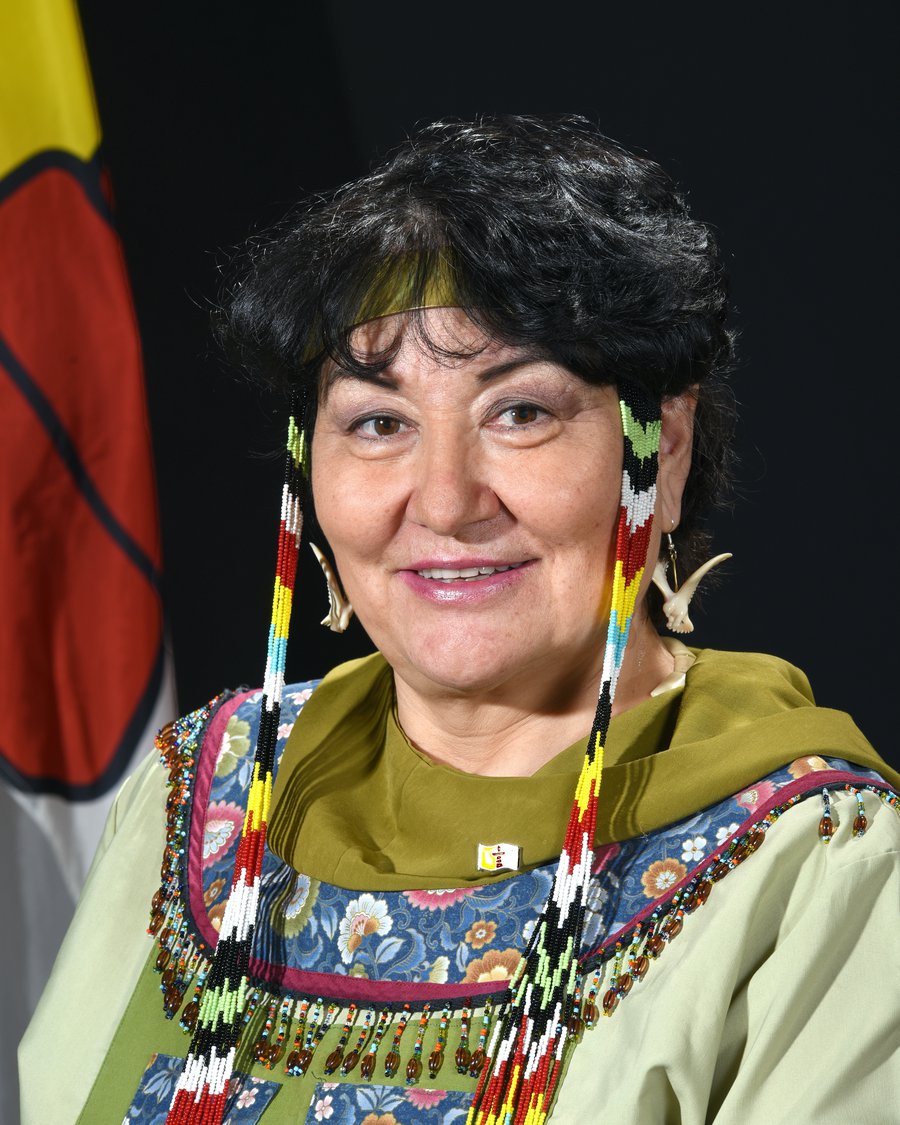
Cathy Townagie was flown from Rankin Inlet to Churchill, Manitoba to give birth. (Photo: author provided)
This is one reason the MLA advocates for the Government of Nunavut to open more reproductive centres within the territory. There was a birthing centre in her constituency, Rankin Inlet, until it was shut down in August 2020.
“Nunavut needs the Birthing Center so Inuit women can have access to their language, country food and family,” Towtongie said.
Safety concerns for those who must travel outside of the territory for medical reasons have been further highlighted during the COVID-19 pandemic.
A 35-year-old Sanikiluaq woman and mother of five, Silatik Qavvik, died in a Winnipeg hospital on Jan. 4 after contracting COVID-19 at the hospital shortly after her cesarian section. She remained in hospital, sick with the virus, for weeks before her death.
Strict travel restrictions brought on by the pandemic deny access into the territory unless for work, funerals or residents travelling.
But while few newcomers can enter the territory, Nunavummiut are still sent out of territory for many of their health needs, including giving birth.
Currently, there is just one hospital in the territory which offers delivery services located in Iqaluit.
There are 24 different, fly-in-only Nunavut communities that do not have hospitals. Even if the pregnant person lives in the 12 other Qikiqtaaluk communities, they still have to fly to Iqaluit to give birth.
The Department of Health says that “since Nunavut is a vast territory of three regions, it is difficult to succinctly summarize the process of medical travel for maternity patients as there are logistical differences between each region.”
“Closing the birthing centre in Rankin without addressing long term needs or short term needs is causing and creating chaos.”
Cathy Towtongie
For example, in the Qikiqtaaluk region, maternity patients who are assessed to be low and medium risk can deliver in territory, in Iqaluit at the Qikiqtani General Hospital. High-risk Qikiqtaaluk patients are referred to Ottawa. Patients from the Kitkmeot region are referred to Stanton Territorial Hospital in Yellowknife for delivery, and patients from the Kivalliq region can travel to Winnipeg or Ottawa, if they prefer.
“As COVID-19 cases have increased in southern jurisdictions, the health team has worked to accommodate as many low-risk deliveries in Iqaluit as possible, but the QGH has limited capacity to accept additional obstetric patients at this time, both due to availability of beds in hospital, as well as limited space at the boarding home,” says Nunavut's Department of Health.
When it comes to providing more in-territory birth delivery services, the Nunavut Department of Health says it would require a multifaceted solution that includes infrastructure, person power and training. It would not provide a cost estimate of what it would take to do this.
Even beyond giving birth, there are many medical situations that cannot be treated in territory, even before Covid-19. For instance, all MRIs, most cancer treatment, specialists, intensive care and surgeries have been managed from southern or Yellowknife hospitals.
Nunavut's Department of Health says it has recently taken some steps to increase the capacity to treat patients in-territory to reduce the need for regular medical travel.
“This is especially pertinent as out of territory medical travel may expose Nunavummiut to COVID-19,” a spokesperson for the Department of Health wrote in an email.
These new approaches include a travelling Northern Plastic and Reconstructive Surgery Clinic Group run by Toronto's Sunnybrook Health Sciences Centre and a monthly Herceptin treatment offered to Nunavummiut with breast or stomach cancers in the Qikiqtani region. Previously, anyone with these cancers had to fly out of territory every three or four weeks in order to obtain this treatment.
As for Towtongie’s home community, where deliveries have been suspended at the Rankin Inlet Birthing Centre, the Nunavut Department of Health says the intention is for deliveries to resume once more midwives can be recruited. Currently, just one of 10 full-time midwife positions in the territory is filled. Five other temporary midwives work on contract in Nunavut.
“Though deliveries have been suspended at the Rankin Inlet birthing centre for patients from the Kivalliq region, until midwives can be recruited, obstetrical nurses continue to provide prenatal, postnatal and newborn care at the facility,” said a health department spokesperson.
“There are also midwives working in Cambridge Bay, Gjoa Haven and Kugluktuk to provide prenatal and postpartum care for mothers and newborns.”
Still, Towtongie is hopeful that the territory might switch gears and reopen Rankin's birthing centre sooner.
“Closing the birthing centre in Rankin without addressing long term needs or short term needs is causing and creating chaos,” Towtongie said.
